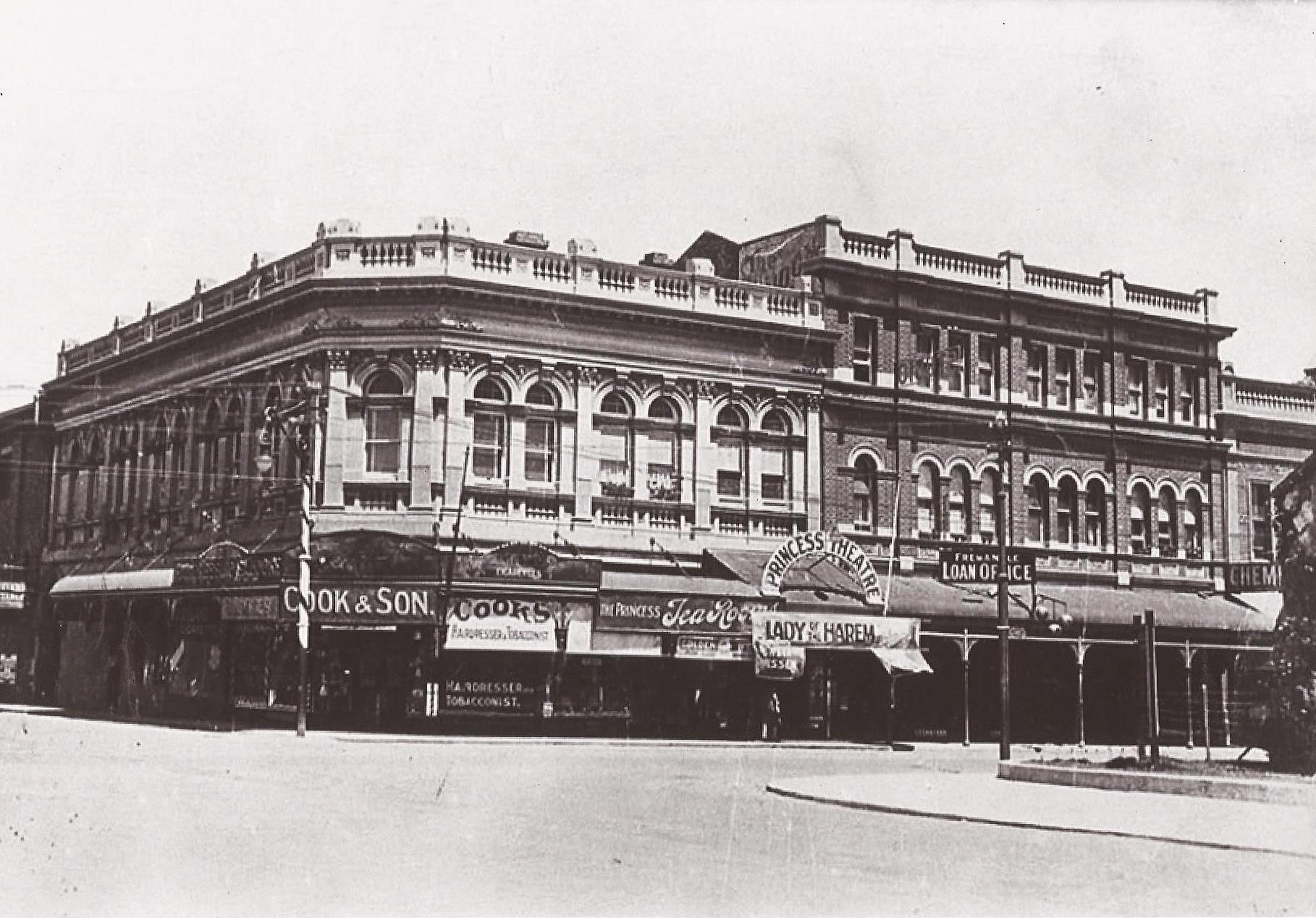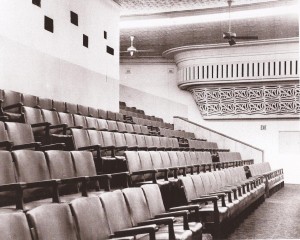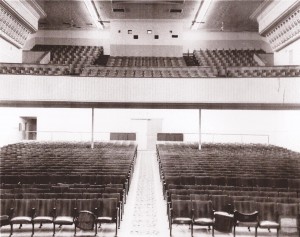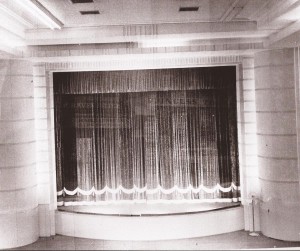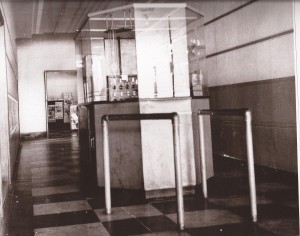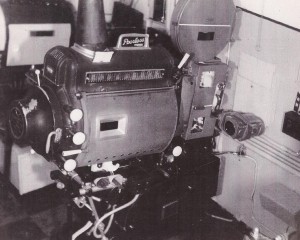https://picturesinmotion.com.au/cinema-tv-museum/cinema-history-2/Princess Theatre.
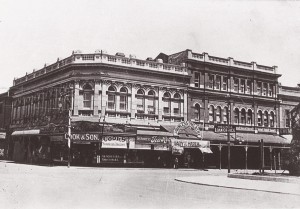
Most of our original cinemas have disappeared in both Perth and Fremantle, though the building of one remains in the port city, even though it no longer used as a movie venue.
The Princess Theatre, at 29-33 Market Street, Fremantle, was erected for Captain Frank Biddles (1851-1932) in 1912, built by Mr C. Moore, to the design of John McNeece and Son.
Captain Biddles was one of the early pearling industry pioneers and pastoralist who reportedly owned more than 30 buildings in Fremantle.
In the very early years the theatre was managed by Sir Thomas Melrose Coombe (1873–1959).
In 1910, Coombe had formed a partnership with Thomas James West (1855-1916), a British cinema exhibitor who at one point owned the largest cinema circuit in Australia, showing films at a number of venues across the country. West was using His Majesty’s Theatre in Perth for a short period, until 1908, when he moved his operation to Queen’s Hall in William Street, Perth. This became the first truly permanent film show in the State. In 1910, West and Coombe formed a partnership and West’s films were then screened at Coombe’s Melrose Gardens in Murray Street, Perth. Meanwhile in 1911, the Queen’s Hall lease was taken up by Vic’s Pictures till 1919.
With the opening of the Princess Theatre in Fremantle, on 21 December 1912, the entertainment was provided by West, whilst the theatre was managed by Coombe.
During the formative years of film exhibition in Australia, much of the content was locally produced before Hollywood became the powerhouse of the industry.
In the midst of the Australian film boom of 1911–12, the Tait Brother’s Amalgamated Pictures was a film exchange company which delved in production, along with similar companies owned by West and that owned by British-born film exhibitor and producer Charles Cozens Spencer (1874–1930), who not only produced local films, but also became the largest importer of films in Australia and helped popularise the medium in that country. For a time, Spencer exhibited films at the Royal Theatre and Esplanade Gardens in Perth.
On the 4th May 1912, West’s Pictures, Spencer’s Pictures and Amalgamated Pictures joined to form The General Film Company of Australasia. Then on the 4th January 1913, they merged with The Greater J.D. Williams Amusement Co and restructured to become The Combine, a famous partnership between exhibition wing Union Theatres and the production and distribution wing Australasian Films.
It was in 1913, that Coombe became the local managing director of Union Cinemas. Coombe also financed the construction of several large cinemas in Perth, including the Prince of Wales Theatre on Murray Street, the Ambassadors Theatre on Hay Street, as well as his involvement with the Princess Theatre in Fremantle.
During the silent film era, many theatres were opened in Perth and Fremantle. The Perth cinemas are listed here as an attached image.
As was the practice during the silent movie era, it was common for Vaudeville acts to appear between film screenings.
The Princess Theatre in Fremantle operated as a movie theatre until 1969. It was then converted to a commercial property with retail lots on the ground floor and offices above.
It was also home to one of the earliest incarnations of the Returned and Services League of Australia, then known as RSA, when Biddles made the basement of the Princess Theatre available to provide amenities for army and naval personnel.
The building was extensively rebuilt in 1941 and the auditorium lost its original 1912 décor.
It was classified by the National Trust in 1974 and placed on the register of the national estate in 1978.
The historic images of the Princess Theatre are courtesy of Roy Mudge, who is the curator at the Pictures In Motion Museum of Film & Television (AMMPT), whilst other images are courtesy of the State Library of WA.
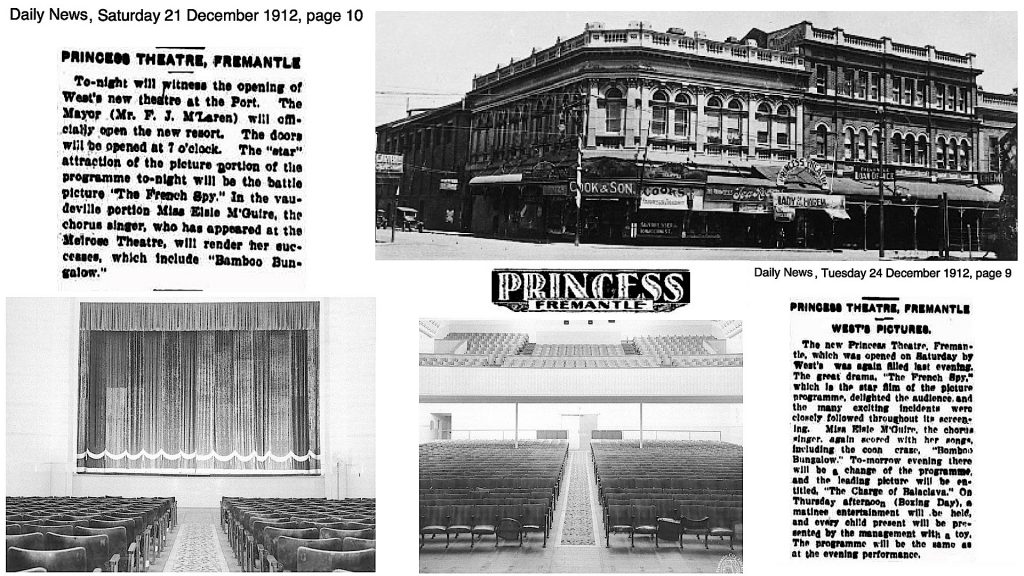
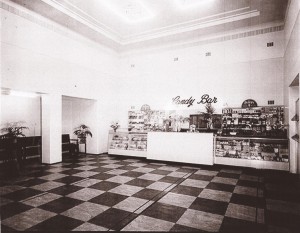
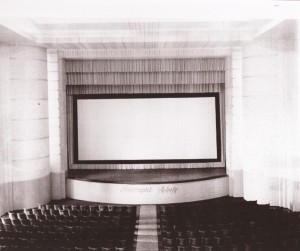
On closing in 1969, the building was sold to a car repairer and gutted to become a workshop. In 1985 it became a market and in 1987 and ice cream factory.
At the present time, it is in its 97th year and it is a furniture warehouse.

